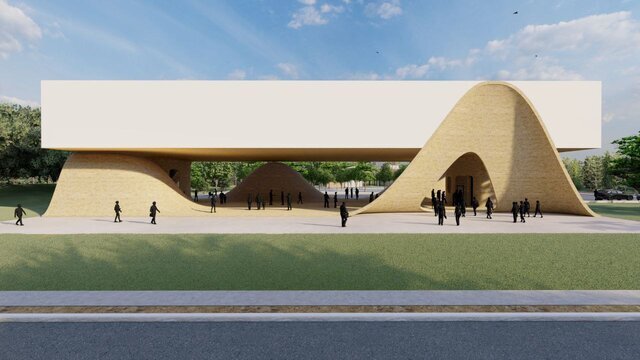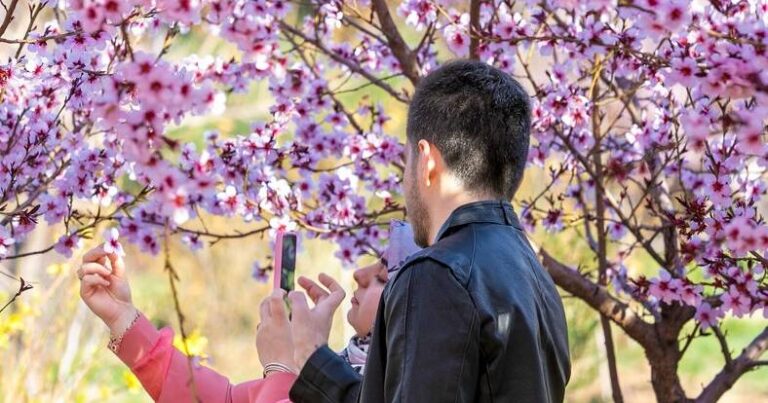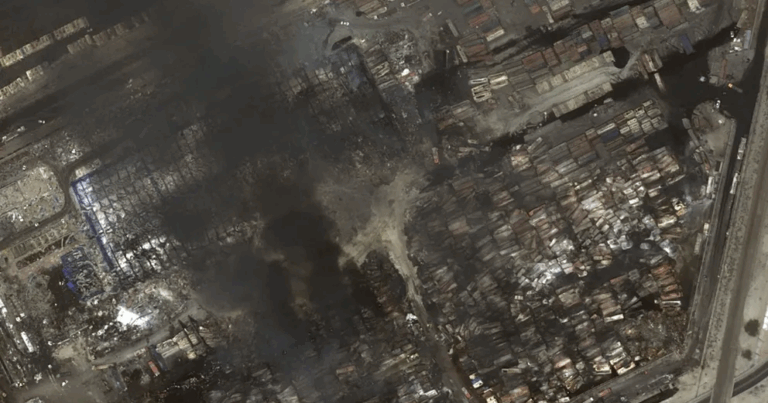Iran Unveils Plans for National Museum Dedicated to Traditional Bread Heritage
Iran is embarking on an exciting initiative to establish a dedicated museum of bread, celebrating the rich tapestry of bread-making traditions found throughout the country. This project coincides with Iran’s National Bread and Wheat Day, which falls on April 20. Ali Jabbarizadegan, the head of the architectural team behind the museum, shared the vision and details of this unique cultural endeavor.
According to Jabbarizadegan, bread has long been regarded as a vital symbol of sustenance within Iranian culture. He noted that if someone encounters a piece of bread on the ground, it is customary to pick it up and place it in a respectful location to prevent it from being trampled. This deep respect for bread underscores its significance in Iranian life.
The National Museum of Bread is being designed by a talented group of young architects, including Sahar Riahi, Ali Hosseinzadeh, Pendar Atarod, Mohammadreza Eftekhari, Amin Safa, and Parinaz Misaqi. Jabbarizadegan, who also teaches architecture at a university, emphasized that the museum will provide an opportunity to explore the history, present, and future of bread.
“We aimed to create this museum as an urban landmark that resonates with the daily lives of citizens,” Jabbarizadegan explained. The design incorporates various elements that reflect the bread-making process, from wheat grain to the environmental factors such as soil, earth, and sky that contribute to this essential food source.
- Silent Room of Dough: A space dedicated to the quiet process of dough preparation.
- Passage of Wheat Sense: A corridor that highlights the sensory experience of wheat.
- Corridor of Bread Taste: Engages visitors in the delicious flavors of bread.
- Hall of Aroma of Bread: Invites guests to revel in the delightful scents associated with freshly baked bread.
These thoughtfully designed spaces aim to engage the auditory, tactile, gustatory, olfactory, and visual senses of visitors, creating an immersive experience. Jabbarizadegan remarked on the significance of bread as a staple food for the Iranian population, noting traditional baking methods that include:
- Baking in furnaces
- Cooking in ashes and hot coals
- Baking on a teak and frying pan
The museum will display a range of breads, from ancient and forgotten varieties to contemporary flatbreads like lavash, sangak, taftoon, and barbari. Jabbarizadegan highlighted that the museum will also feature:
- Pavilions showcasing industrial breads
- A space for sharing memories related to bread
- Areas dedicated to introducing various bread combinations
- A unit for experiencing traditional bread baking
Emphasizing that bread transcends mere sustenance, Jabbarizadegan stated, “It reflects a lifestyle, progress, and technology.” Visitors will have the unique opportunity to observe the bread production process in both industrial units and traditional bakeries, allowing for a comparative analysis of the two methods in a live workshop setting. Iran ranks among the top two nations globally in bread consumption, illustrating the profound role that bread plays in daily life.
The Persian term for bread, “nan,” appears in the works of renowned Iranian poets and literary figures throughout history, including the likes of Ferdowsi, Rumi, Saadi, and Sohrab Sepehri. Among Iranians, “nan” is revered as “barakat,” which translates to God’s blessing, highlighting the sacred status of bread in their culture.
Historical evidence traces the word “nan” back to Sasanian inscriptions from the third century CE, and it is also mentioned in Pahlavi texts from the 9th century. A definition of sangak, one of the most popular Iranian breads, was documented in the comprehensive Persian encyclopedia “Borhan-e-Ghate” in 1651, further demonstrating the importance of bread in Persian culture.
Persian cuisine is intricately woven with a diverse array of breads for two main reasons: first, bread is considered the staple food of the Iranian people, and its consumption is deeply embedded in daily dietary habits. Second, Iran’s diverse ethnic communities contribute to the rich variety of traditional breads enjoyed across the country.
This initiative to create a museum dedicated to bread not only preserves the legacy of this essential food but also fosters a greater appreciation for its cultural significance. As the project unfolds, it promises to be a meaningful addition to Iran’s cultural landscape, inviting both locals and tourists to explore the fascinating history and artistry of Iranian bread-making.






